Tracking Volunteer Time Off: A How-To Guide [& Template]
In today's competitive landscape, nonprofits are constantly looking…
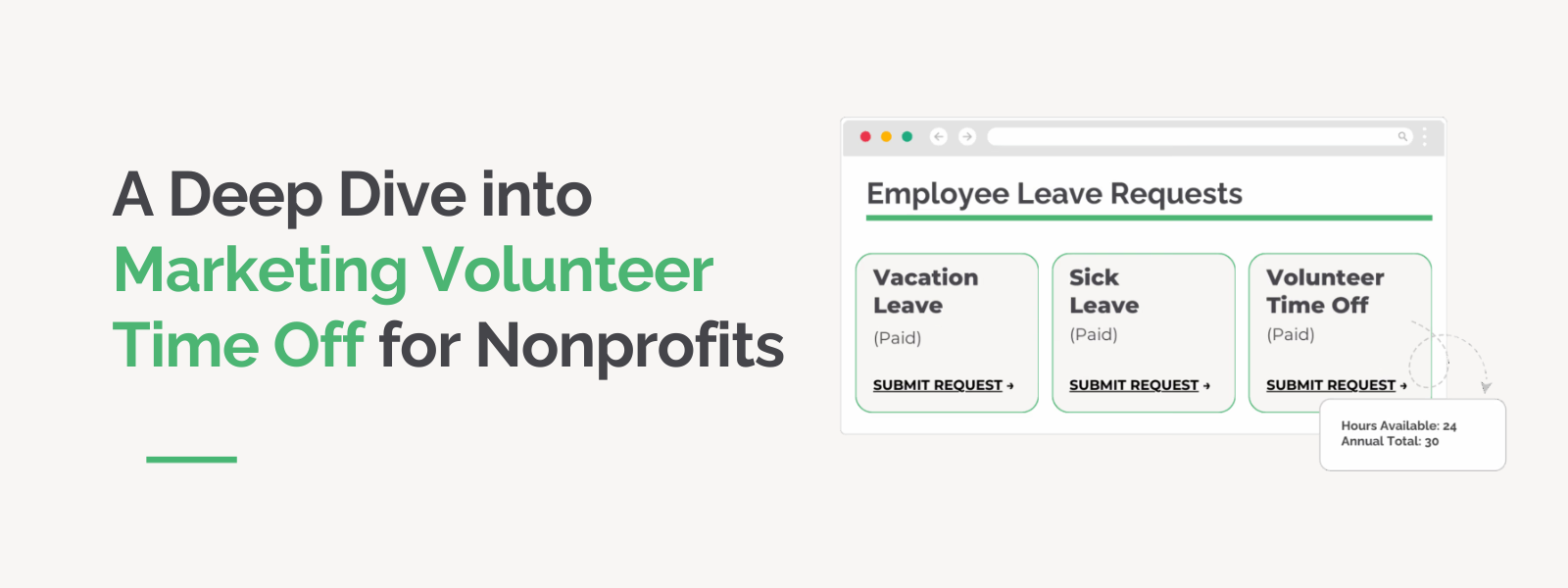
A Deep Dive into Marketing Volunteer Time Off for Nonprofits
Paid Volunteer Time Off (VTO) programs continue to gain traction…

The Power of Email Domain Screening For Matching Gifts
Find out how email domain screening can bring your organization’s…
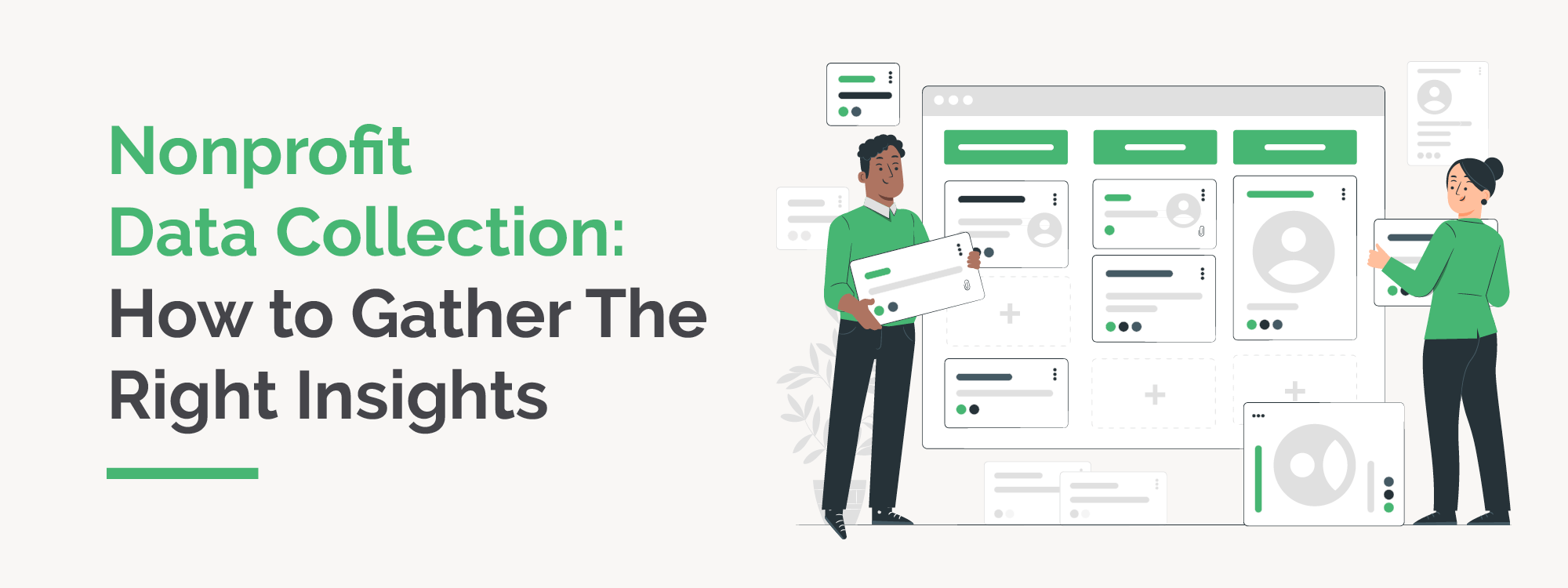
Nonprofit Data Collection: How to Gather The Right Insights
From local communities to global movements, effective nonprofit…
 https://doublethedonation.com/wp-content/uploads/2024/05/DTD_Key-Volunteer-Time-Off-Statistics-to-Grow-Your-Volunteerism_Feature.png
600
1600
Adam Weinger
https://doublethedonation.com/wp-content/uploads/2025/11/DTD-horizontal-logo-300x63.png
Adam Weinger2024-05-08 17:30:182025-12-04 14:50:44Key Volunteer Time Off Statistics to Grow Your Volunteerism
https://doublethedonation.com/wp-content/uploads/2024/05/DTD_Key-Volunteer-Time-Off-Statistics-to-Grow-Your-Volunteerism_Feature.png
600
1600
Adam Weinger
https://doublethedonation.com/wp-content/uploads/2025/11/DTD-horizontal-logo-300x63.png
Adam Weinger2024-05-08 17:30:182025-12-04 14:50:44Key Volunteer Time Off Statistics to Grow Your Volunteerism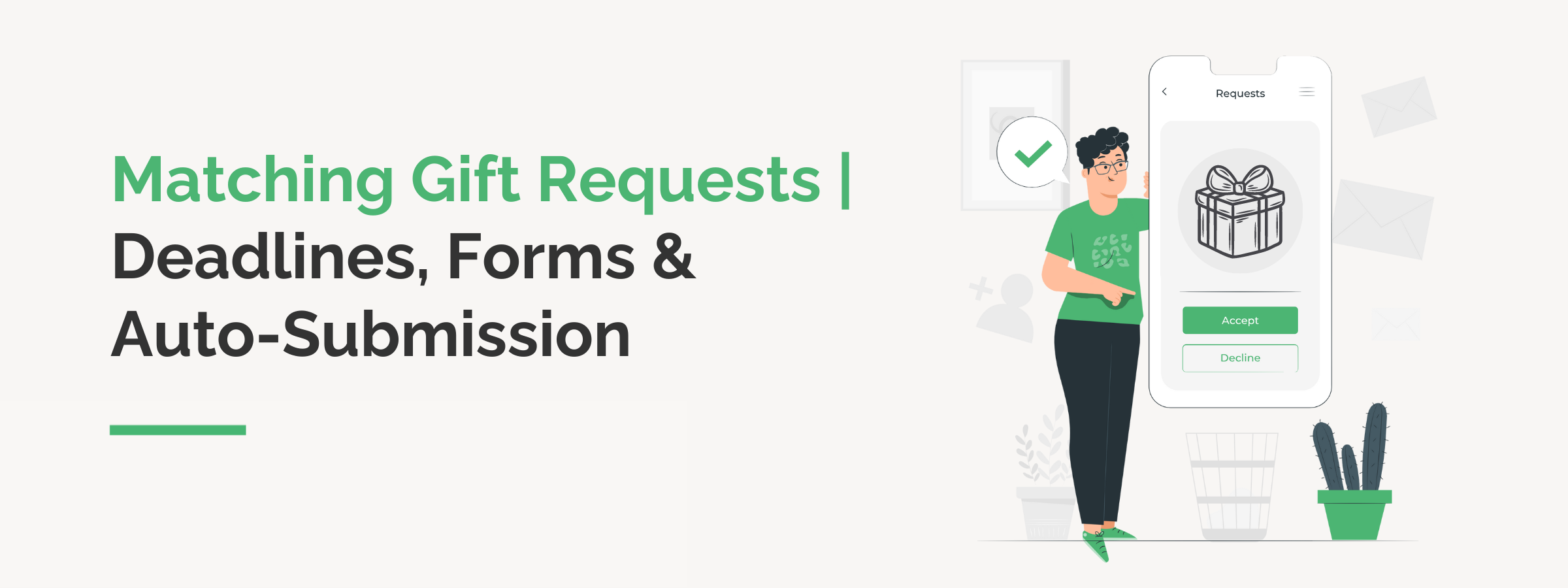
Matching Gift Requests | Deadlines, Forms & Auto-Submission
You likely have a number of matchable donations in your CRM at…
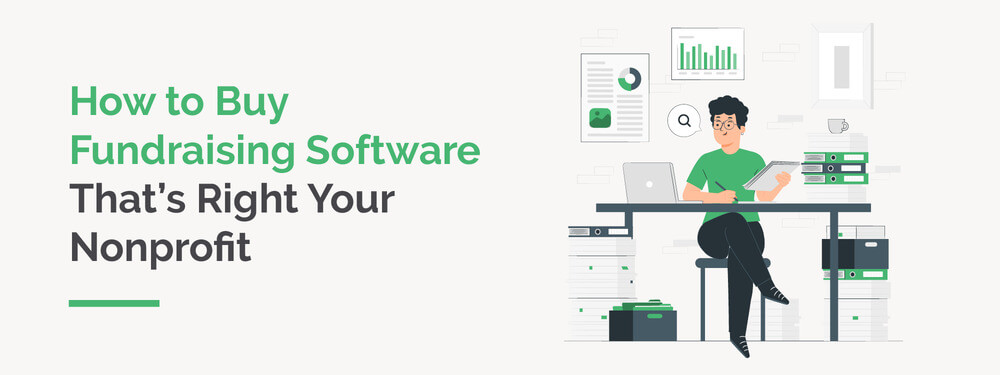
How to Buy Fundraising Software That’s Right For Your Nonprofit
Digital fundraising is crucial in today’s nonprofit landscape.…
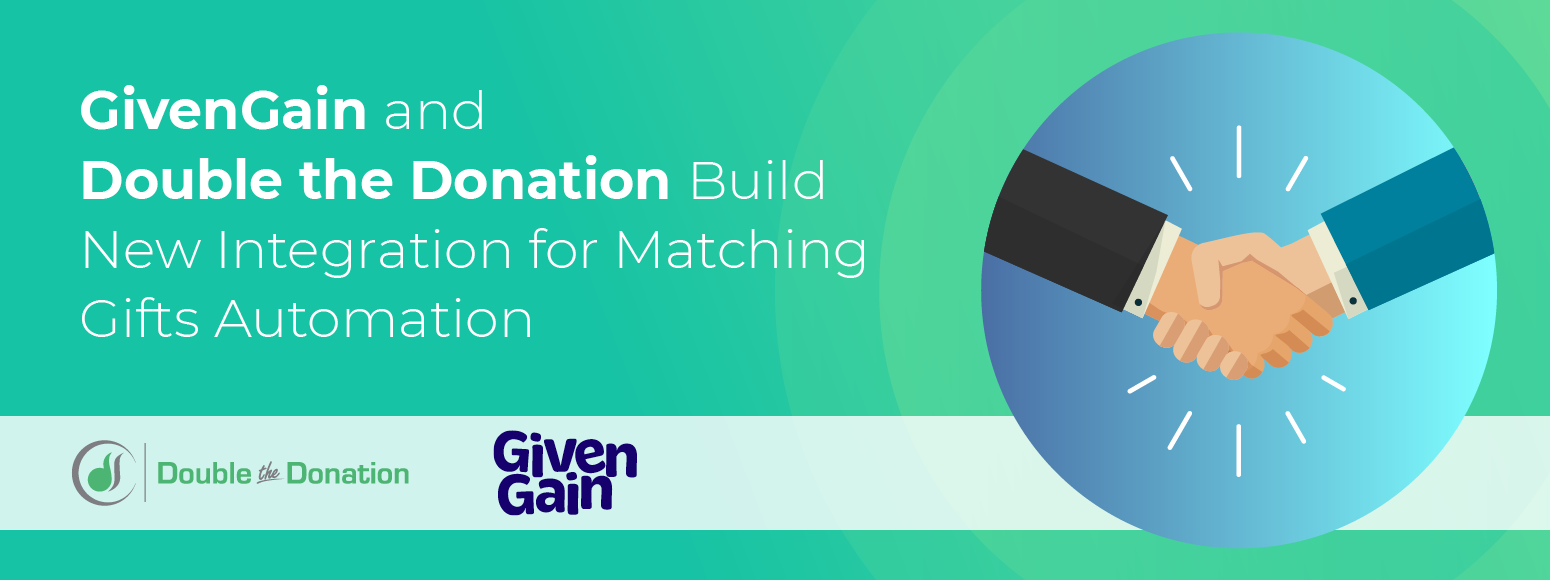
GivenGain and Double the Donation Build New Double the Donation Integration for Matching Gifts Automation
Double the Donation and GivenGain are excited to announce a new…

Creative Marketing Ideas for Charity Golf Tournaments
As a nonprofit professional, you likely already understand the…
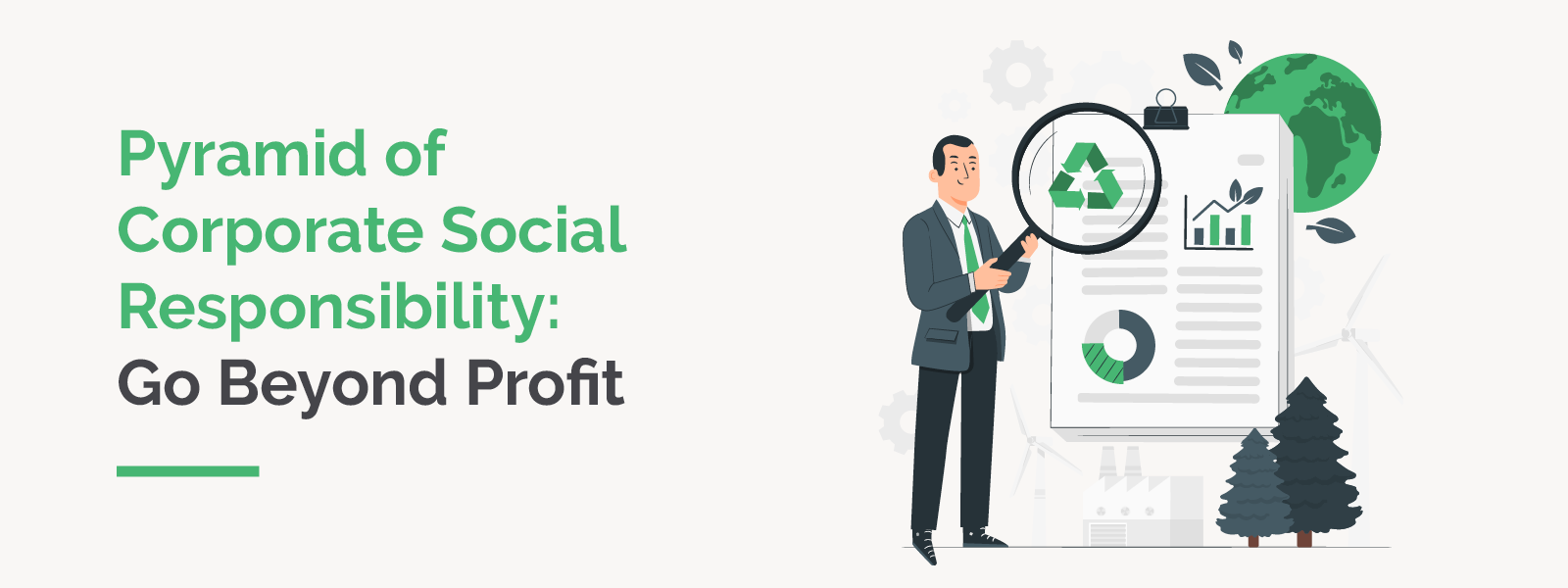
Pyramid of Corporate Social Responsibility: Go Beyond Profit
As a leader at your company, you’ve likely heard about the…

